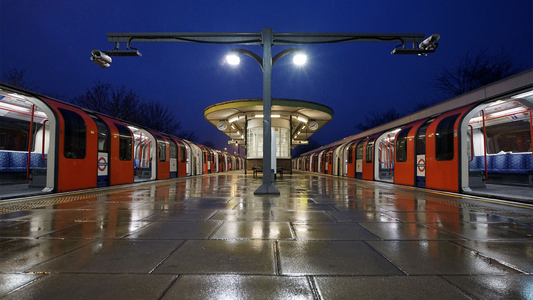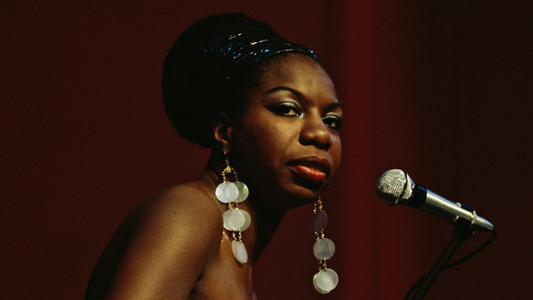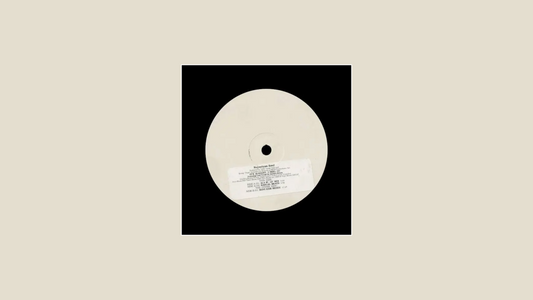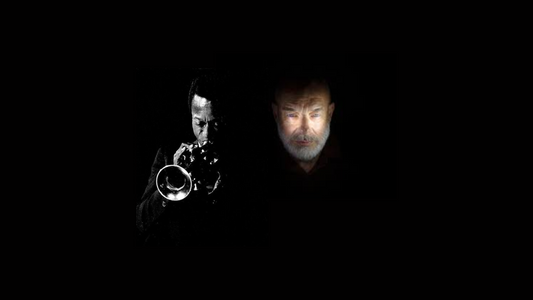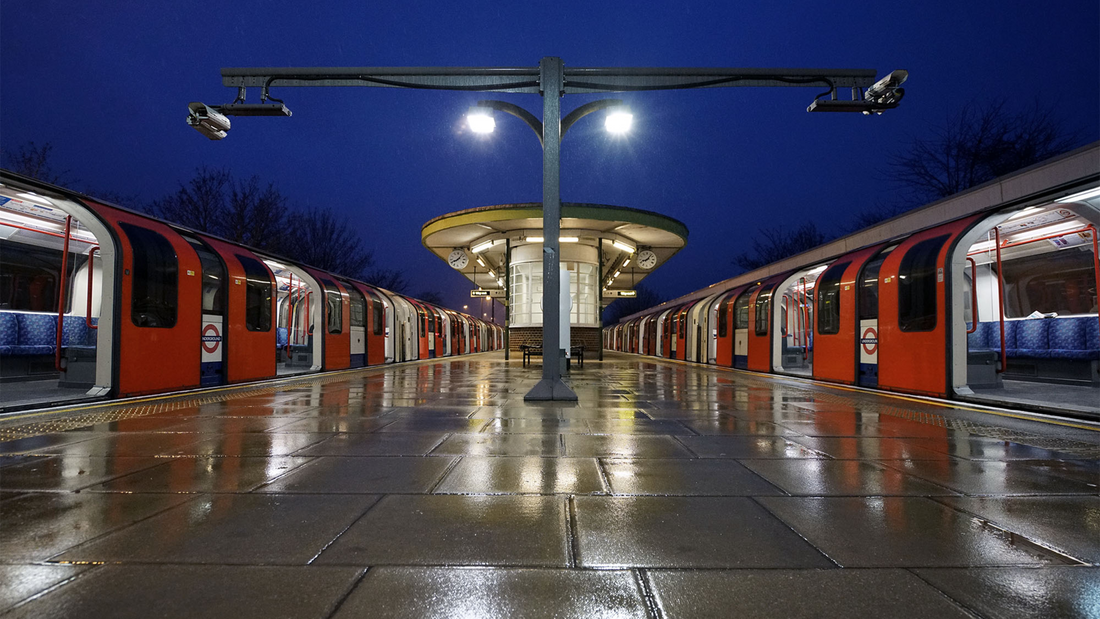
The Rhythm of Rain, the Pulse of Trains
Hearing the World Differently
By Rafi Mercer
It’s raining today, and the sound has me caught. Not the silence of rain, but the rhythm of it. Drops on glass, the pitter-patter on pavement, the steady wash on slate roofs. If you sit still long enough you realise it is not random at all — there is metre inside it. A slow percussion that the city has played forever.
I’ve always heard the world like this. At school on the outskirts of London, a dyslexic kid boxed into books that seemed to lock me out, I learned early that I was wired to hear more than I could read.
Travel had a sound, movement had a rhythm. A train on the Underground wasn’t just a carriage carrying bodies, it was music: ching-a, ching-a, ching-a as the wheels hit the track joints, the bass rumble underneath like a kick drum, the high-pitched squeal of brakes like brass in distress.
That’s how I mapped the world — in sounds, not words.
Perhaps that’s why Tracks & Tales exists at all. It is my way of writing, even though for years I never thought I would. Writing for me is still about listening. About trying to put shape to the sounds I carry — rain, trains, conversations, music.
Every piece I write here is a way of making sense of what my ears already knew.
Jazz gave me a language for it.
As a buyer for Virgin Megastores, I walked London’s West End searching for sound. Jazz clubs where the trumpet cut through cigarette smoke, record shops with Japanese pressings that smelled of another life, evenings when a chord change or a drum break seemed to shift the entire room.
Jazz was never separate from the world outside. It was the same rhythm I had heard as a boy — the city as percussion, life as improvisation.
And then there was dance music.
The more I listened, the more I heard its roots tangled with jazz and soul. Repetition, improvisation, call and response — house and techno carried those elements, just dressed in machines instead of horns.
Even classical music left its trace, though understated: structure, tension, release.
Perhaps that is why a Four Tet track can sound as close to Bach as it does to Coltrane if you listen carefully enough.
Today, with rain against the windows, I can hear the rhythm everywhere. Drops on the sill play a syncopated pattern, the gutters offer a drone, and the street outside adds its own percussion of footsteps and tyres.
Close your eyes, and it could be a minimalist record, a Steve Reich experiment, or an ambient side spun in a Tokyo bar.
This is what keeps me here, what keeps me writing.
The world is never silent.
It is full of rhythm, texture, tone.
We only need to lean in.
Sometimes it comes from a record.
Sometimes from rain.
Sometimes from a train carrying you through the dark under London, reminding you that life itself has a beat.
Rafi Mercer writes about the spaces where music matters. For more stories from Tracks & Tales, subscribe here, or click here to read more.




